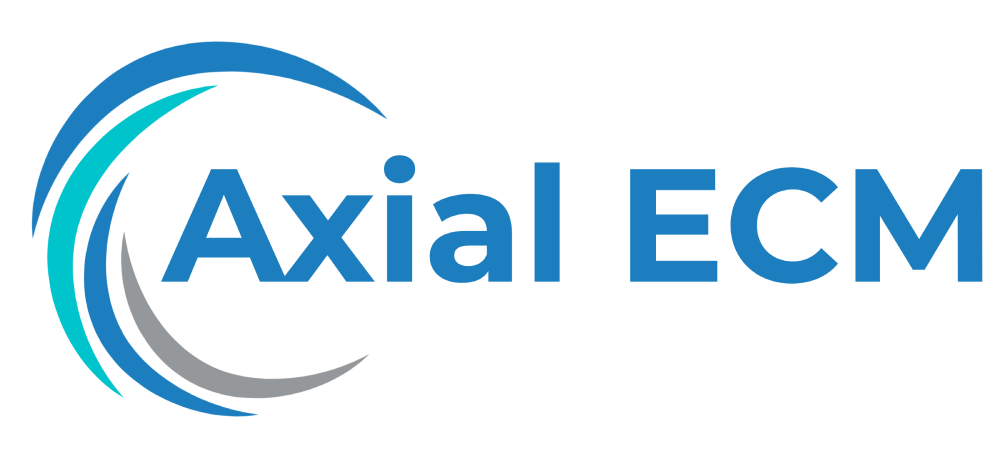Change Management and ECM: Managing organizational change when implementing or upgrading ECM systems.
Communication Strategies for Successful ECM Implementation
Implementing or upgrading an Enterprise Content Management (ECM) system can be a complex and challenging endeavor for any organization. It requires careful planning, coordination, and effective communication to ensure the successful adoption and implementation of the new system. In this article, we will explore communication strategies that can help organizations manage organizational change when implementing or upgrading ECM systems.
Understanding the ECM Implementation Process
Before diving into communication strategies, it is important to understand the ECM implementation process. Typically, this process involves several stages:
- Planning and Assessment: This stage involves analyzing the organization’s needs, setting goals, identifying risks, and developing a roadmap for the implementation.
- Product Selection: The organization evaluates and selects an appropriate ECM system that aligns with its requirements.
- System Configuration: The selected system is configured to meet the organization’s specific needs.
- Data Migration: Existing data is migrated to the new system, ensuring a seamless transition.
- Testing and Quality Assurance: The system undergoes rigorous testing to ensure its functionality, reliability, and security.
- Training and Documentation: Staff members are trained on how to use the new ECM system effectively. This includes providing comprehensive documentation and resources.
- Go-Live and Support: The new ECM system is deployed and supported, with ongoing maintenance, updates, and continuous improvement.
The Importance of Communication in ECM Implementation
Communication plays a critical role in the success of ECM implementation. It helps to build awareness, alignment, and commitment among stakeholders, and enables smooth execution of the implementation process. Effective communication ensures that everyone understands the purpose, benefits, and expectations of the ECM system, reducing resistance, confusion, and potential issues.
Organizational change can often lead to uncertainty and resistance. To mitigate these challenges, organizations need to develop and implement robust communication strategies that address the specific needs and concerns of all stakeholders involved.
Key Communication Strategies for Successful ECM Implementation
1. Create a Communication Plan: Develop a comprehensive communication plan that outlines the goals, target audience, key messages, communication channels, and timelines. This plan should be tailored to different phases of the implementation process.
2. Identify Key Stakeholders: Identify the key stakeholders who will be affected by the ECM implementation. These may include executives, department heads, IT teams, end-users, and external partners. Understand their needs, concerns, and expectations to craft targeted communication messages.
3. Engage Leadership: Gain support from organizational leaders who can champion the ECM implementation. Leaders should actively communicate the importance of the system, its benefits, and the overall vision. Their endorsement will significantly influence the adoption and commitment of other stakeholders.
4. Use a Variety of Communication Channels: Employ a mix of communication channels such as emails, newsletters, intranet platforms, town hall meetings, training sessions, and online forums to reach different stakeholders. Utilize both formal and informal channels to ensure widespread dissemination of information.
5. Provide Clear and Timely Information: Communicate with stakeholders regularly and provide clear, concise, and timely information about the ECM implementation progress, milestones, and potential impacts. Address any concerns or questions promptly, fostering a transparent and trusted communication environment.
6. Facilitate Two-Way Communication: Create opportunities for stakeholders to provide feedback, ask questions, and share their perspectives. This can be done through surveys, focus groups, user testing, or dedicated communication channels. Actively listen to stakeholders’ concerns and suggestions, and address them appropriately.
7. Offer Training and Support: Develop comprehensive training programs to ensure that end-users are equipped with the necessary knowledge and skills to effectively use the ECM system. Provide ongoing support through training materials, helpdesk services, and user communities.
8. Manage Resistance and Change: Recognize that resistance to change is natural and develop strategies to manage it effectively. Address concerns, provide support to overcome challenges, and highlight the benefits of the ECM system. Communicate the positive impact it will have on individuals and the organization as a whole.
9. Celebrate Success: Recognize and celebrate achievements and milestones throughout the ECM implementation process. This helps to build morale, reinforce positive behaviors, and cultivate a sense of accomplishment among stakeholders.
10. Continuously Communicate: Effective communication is not a one-time event but an ongoing process. Continuously communicate about the ECM system, its updates, upgrades, and improvements. Keep stakeholders informed and engaged to maintain their commitment and support.
Conclusion
Successful ECM implementation demands effective communication strategies that engage and inform stakeholders, address concerns, and build commitment. By following these communication strategies, organizations can manage organizational change and ensure the smooth adoption and implementation of ECM systems. Effective communication is the key to embracing change and reaping the full benefits of an ECM system.
